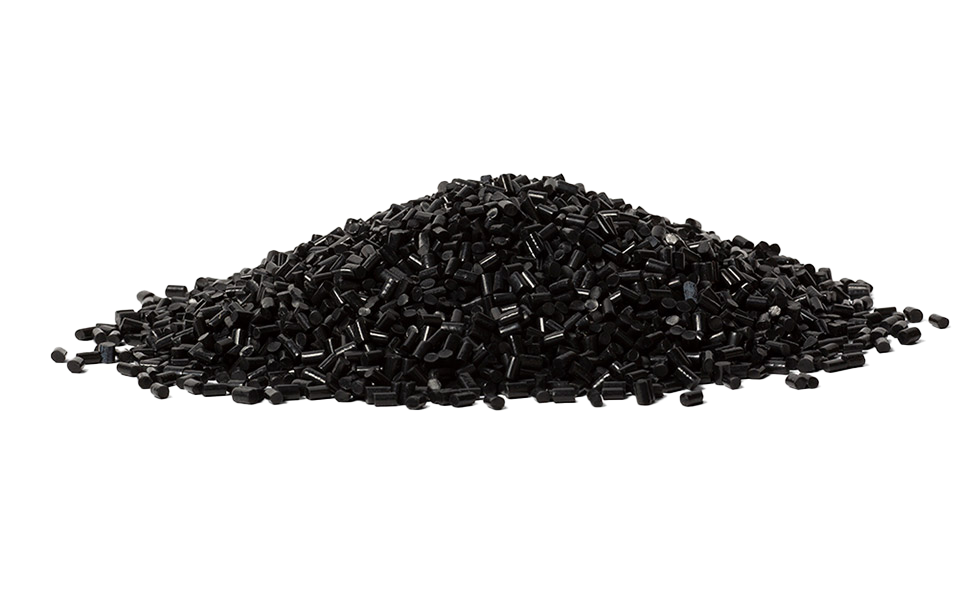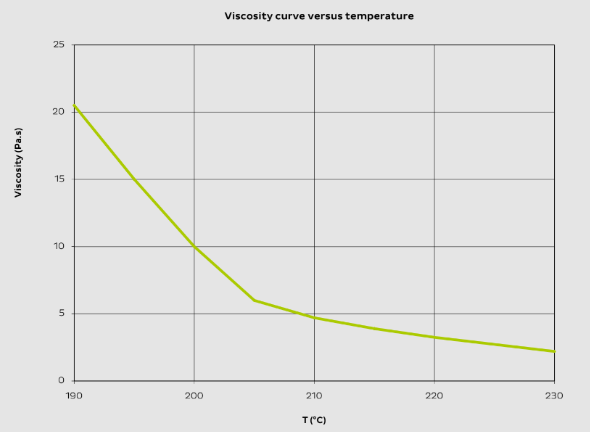BS-867 | Low Pressure Molding (LPM)
- Molding resin suitable for automotive applications
- Good versatility for broad process and performance
- Flammability UL94:V0
Product Description
BS-867 Black is a pure copolymer polyamide hot melt resin, non-reactive and solvent-free, engineered specifically for low pressure molding (LPM) applications. Optimized for both automotive and electronic environments, BS-867 combines excellent process versatility with high-performance thermal, mechanical, and electrical properties.
Its enhanced thermal resistance and UL94 V-0 flammability rating make it a preferred choice for overmolding connectors, cable assemblies, and sensitive electronic modules requiring robust environmental protection and electrical insulation.
BS 867 was developed specifically for improving adhesion on a wide range of substrates and offers cohesiveness at negative temperatures (-50°C). It is mainly used for molding electronic/electric components, connectors and cables.
Typical Applications:
- Overmolding of automotive sensors, ECUs, and wire harnesses
- Encapsulation of printed circuit boards (PCBs) and electrical components
- Strain relief and environmental protection of connectors and terminals
Technical Specifications
| Physical Properties | |||||||
| Viscosity Viscosity Viscosity is a measurement of a fluid’s resistance to flow. Viscosity is commonly measured in centiPoise (cP). One cP is defined as the viscosity of water and all other viscosities are derived from this base. MPa is another common unit with a 1:1 conversion to cP. A product like honey would have a much higher viscosity -around 10,000 cPs- compared to water. As a result, honey would flow much slower out of a tipped glass than water would. The viscosity of a material can be decreased with an increase in temperature in order to better suit an application | 3000 - 4000 mPa.s | ||||||
| Young's modulus | 83 MPa | ||||||
| Mechanical Properties | |||||||
| |||||||
| |||||||
| Thermal Properties | |||||||
| Glass Transition Temperature (Tg) Glass Transition Temperature (Tg) The glass transition temperature for organic adhesives is a temperature region where the polymers change from glassy and brittle to soft and rubbery. Increasing the temperature further continues the softening process as the viscosity drops too. Temperatures between the glass transition temperature and below the decomposition point of the adhesive are the best region for bonding. The glass-transition temperature Tg of a material characterizes the range of temperatures over which this glass transition occurs. | - 50 °C | ||||||
| |||||||
| Curing Conditions | |||||||
| |||||||




